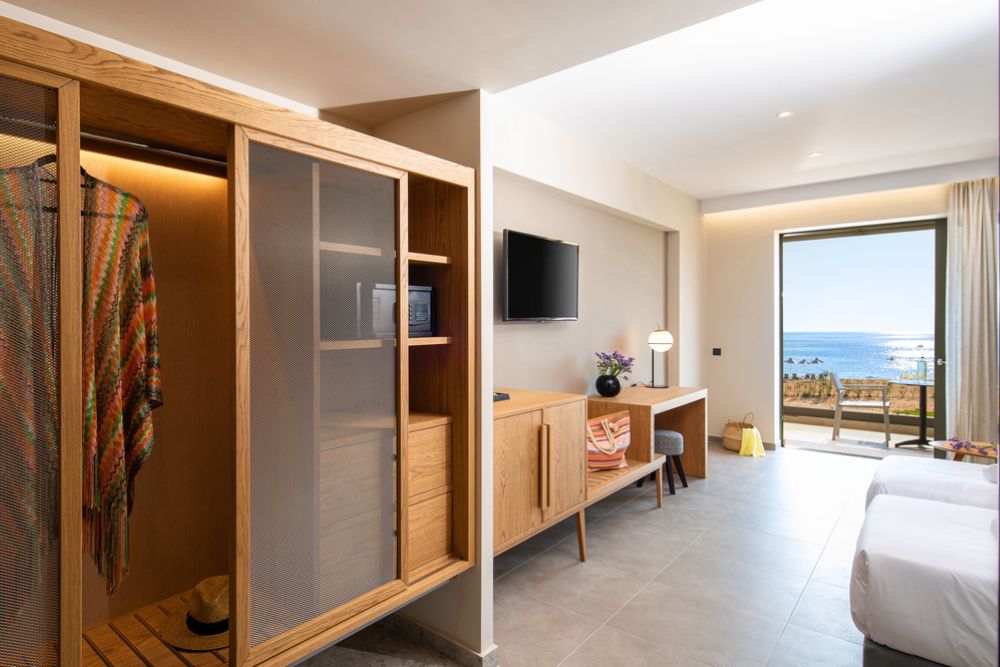Furnishing a room isn’t just about filling space—it’s about creating comfort, utility, and personal style that works with your everyday life. Whether you’re furnishing a bedroom, living room, or a multi-use space, buying cabinets and furniture can be both exciting and overwhelming. With so many styles, materials, and price points, it’s easy to make decisions you might later regret.
Before you make any purchases, take a moment to consider these key factors to help you choose the right cabinets and furniture that fit your lifestyle, budget, and space.
Measure Your Space First
One of the most common mistakes people make when buying furniture is skipping proper measurements. Furniture that looks perfect in a showroom can overwhelm a small room or feel lost in a large one if the dimensions aren’t right.
Make sure to:
-
Measure your room’s length, width, and ceiling height
-
Account for doors, windows, radiators, and wall outlets
-
Consider walkways and movement space around furniture
-
Sketch a simple layout or use free room planning apps
This ensures you’ll choose pieces that not only fit but leave room for movement and breathing space.
Understand Your Storage Needs
Cabinets, in particular, play a vital role in how organized and clutter-free your room feels. Think beyond aesthetics and consider how much and what kind of storage you really need.
For example:
-
A wardrobe cabinet with both drawers and hanging space is ideal for clothing variety
-
A living room cabinet with closed storage hides clutter, while open shelving can display decor
-
A cabinet with adjustable shelves offers long-term flexibility as your storage needs change
Make sure your storage solutions fit your actual lifestyle—not just your dream Pinterest room.
Choose the Right Materials
Furniture and cabinet material impacts not only the look but also the durability and maintenance. It also plays a big role in the overall cost.
Common options include:
-
Solid wood: Durable and long-lasting, but more expensive and heavier
-
Engineered wood (MDF or particleboard): Affordable and stable, but less resilient to moisture
-
Metal: Strong, modern, and easy to clean, great for industrial styles
-
Glass: Sleek and stylish, but prone to smudging and breakage
-
Laminate or veneer finishes: Often used over MDF to mimic wood or stone while keeping costs down
Pick materials that fit your budget, care habits, and design preferences.
Match Style with Function
It’s easy to get swept away by trendy furniture or stunning Instagram setups. But design should never outweigh function—especially in frequently used rooms.
Ask yourself:
-
Will you be opening cabinet doors and drawers frequently? Make sure hardware is sturdy and slides easily.
-
Is this a high-traffic area? Rounded corners may be safer for kids and pets.
-
Are you trying to match existing pieces? Keep color tones and shapes in harmony.
Good design balances style and utility, creating a room that looks beautiful and works for your daily needs.
Think About Longevity
Furniture is an investment—so consider how long you want it to last. Will this cabinet be used for just a couple of years, or is it a long-term piece?
For longer-term items:
-
Choose neutral colors that won’t go out of style
-
Invest in quality construction like dovetail joints or reinforced corners
-
Avoid trends that may feel outdated in a few years
For short-term or transitional living, affordable modular pieces or secondhand options may be more practical.
Evaluate Assembly and Delivery Options
Not all furniture is created equal when it comes to assembly. Flat-pack furniture can be a cost-saver, but it requires time, tools, and a bit of patience.
Before buying:
-
Check if tools are included or needed
-
Read reviews about assembly time and clarity of instructions
-
Ask about delivery services and if in-home assembly is available
Some retailers offer white-glove delivery and setup for an additional fee—worth considering if you’re short on time or not handy with tools.
Budget Smartly
Set a realistic budget before you start shopping. It’s easy to overspend once you’re in the store or browsing online, especially if you’re buying multiple pieces at once.
Tips:
-
Prioritize big-ticket, daily-use items (like a bed or dresser) first
-
Allocate more of your budget to durable essentials, and save on accents or decor
-
Always check for sales, bundle discounts, and secondhand options for savings
You don’t have to buy everything at once. Spacing out your purchases allows time to find the best deals and prevent impulse buys.
Pay Attention to Finish and Color
Color can completely change the mood of a room—and so can the finish of the furniture. Think carefully about the color palette of your space and how the new cabinet or furniture will blend in or stand out.
Guidelines:
-
Dark woods create a cozy, traditional vibe but can make small spaces feel smaller
-
Light or white finishes brighten rooms and work well in modern or minimalist spaces
-
Glossy finishes reflect more light and feel sleek but show fingerprints easily
-
Matte finishes hide imperfections better and are easier to maintain
Whenever possible, get finish samples or see the product in person before buying.
Consider Multi-Use and Convertible Pieces
Especially in smaller homes or apartments, furniture that does double duty can save space and money.
Examples include:
-
Cabinets that double as TV stands or room dividers
-
Ottomans with hidden storage
-
Beds with drawers underneath or fold-down desks built into wall cabinets
Choosing flexible furniture helps maximize function without sacrificing style.
Check for Return Policies and Warranties
Not every piece looks or feels the same in your home as it did online or in a showroom. That’s why it’s essential to know the seller’s return policy.
Look for:
-
Easy return or exchange options
-
Clear warranty terms covering defects or damages
-
Time limits for returns or replacements
Avoid buying from places that don’t allow returns or have unclear customer service practices—especially for high-cost furniture items.
Think Ahead to Maintenance
Some materials and finishes require more care than others. Think about how much time and effort you’re willing to spend cleaning and maintaining your cabinets and furniture.
For low-maintenance living:
-
Choose stain-resistant fabrics or leather for seating
-
Opt for laminated surfaces that wipe clean easily
-
Avoid glass if smudges or fingerprints will bother you
Make sure the upkeep fits your lifestyle to keep furniture looking good longer.
Buying cabinets and furniture is about more than filling space—it’s about choosing pieces that reflect your taste, meet your needs, and make your home feel truly yours. From accurate measurements and material selection to budgeting and style matching, each step plays a crucial role in creating a space that functions well and looks beautiful.
Take your time, plan carefully, and invest in pieces that offer both comfort and practicality. Your future self—and your space—will thank you.



